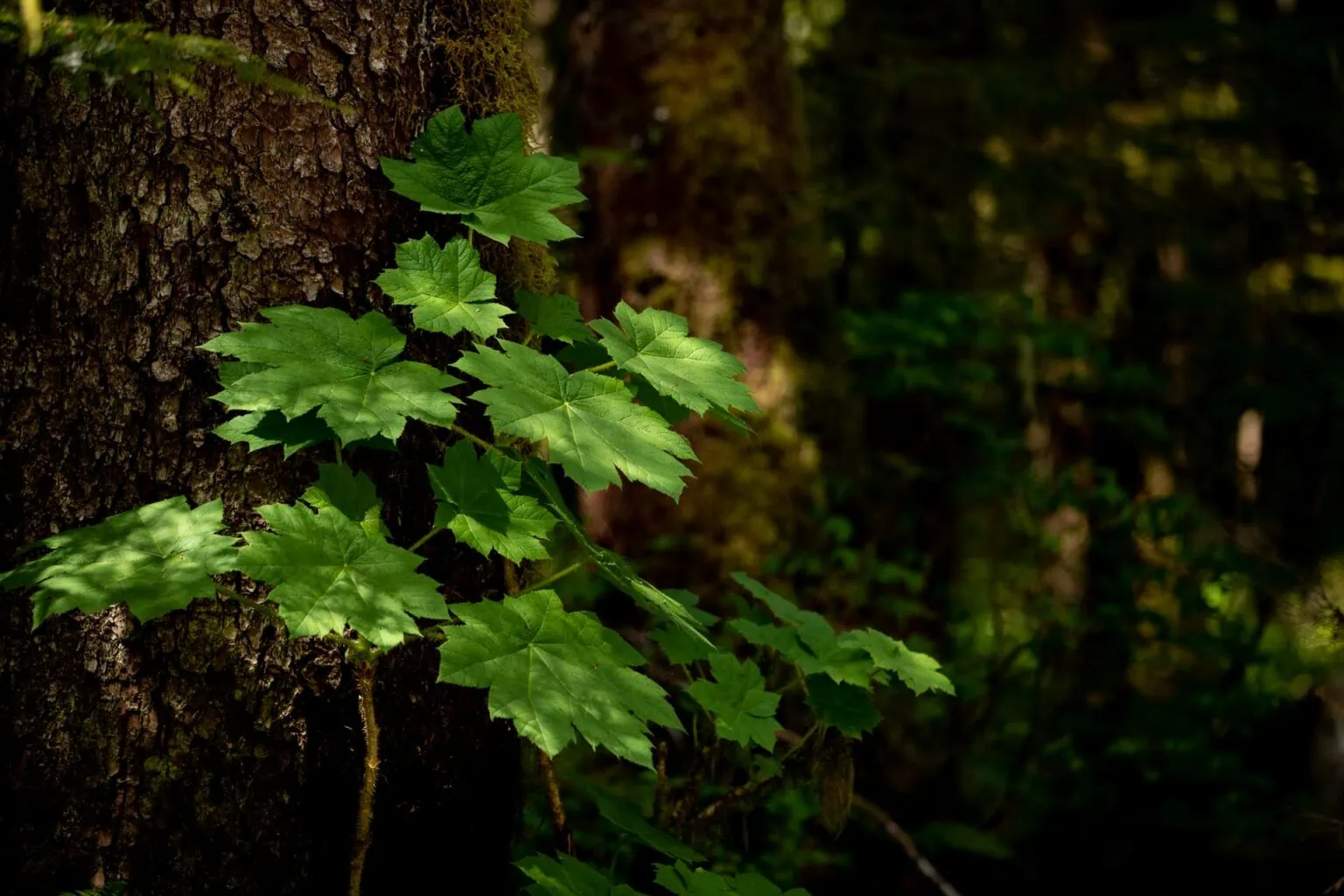Find a Page


404
Welcome to SEARHC. We’re sorry, but the page you’re trying to reach cannot be found. This may be due to a change in the link URL, or the page may have been removed. Please explore the options below to find what you’re looking for.

You may have heard that colorful fruits and vegetables contain antioxidants (aka cancer-fighting nutrients) and it’s important to include them in our diet. Walking into a grocery store, you may be overwhelmed trying to decide which fruits and vegetables you should choose. Are there ones…
JUNEAU, Alaska – With winter right around the corner, staying active is an effective way to improve physical fitness, maintaining both mental and physical health, and can help ward off seasonal affective disorder. SEARHC is excited to launch a free October fitness program “Movetober – Stay…